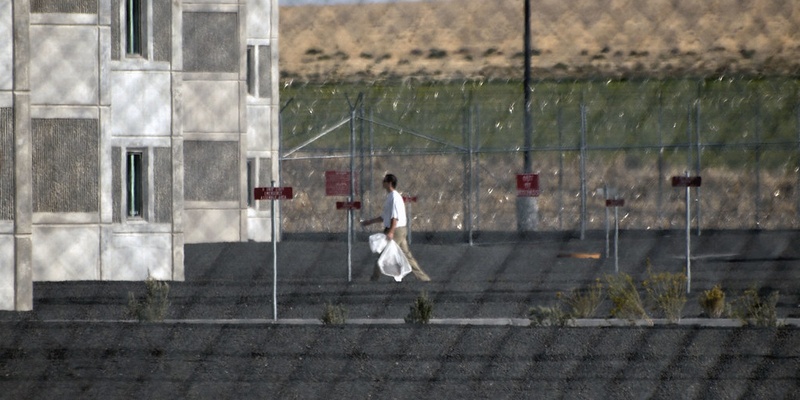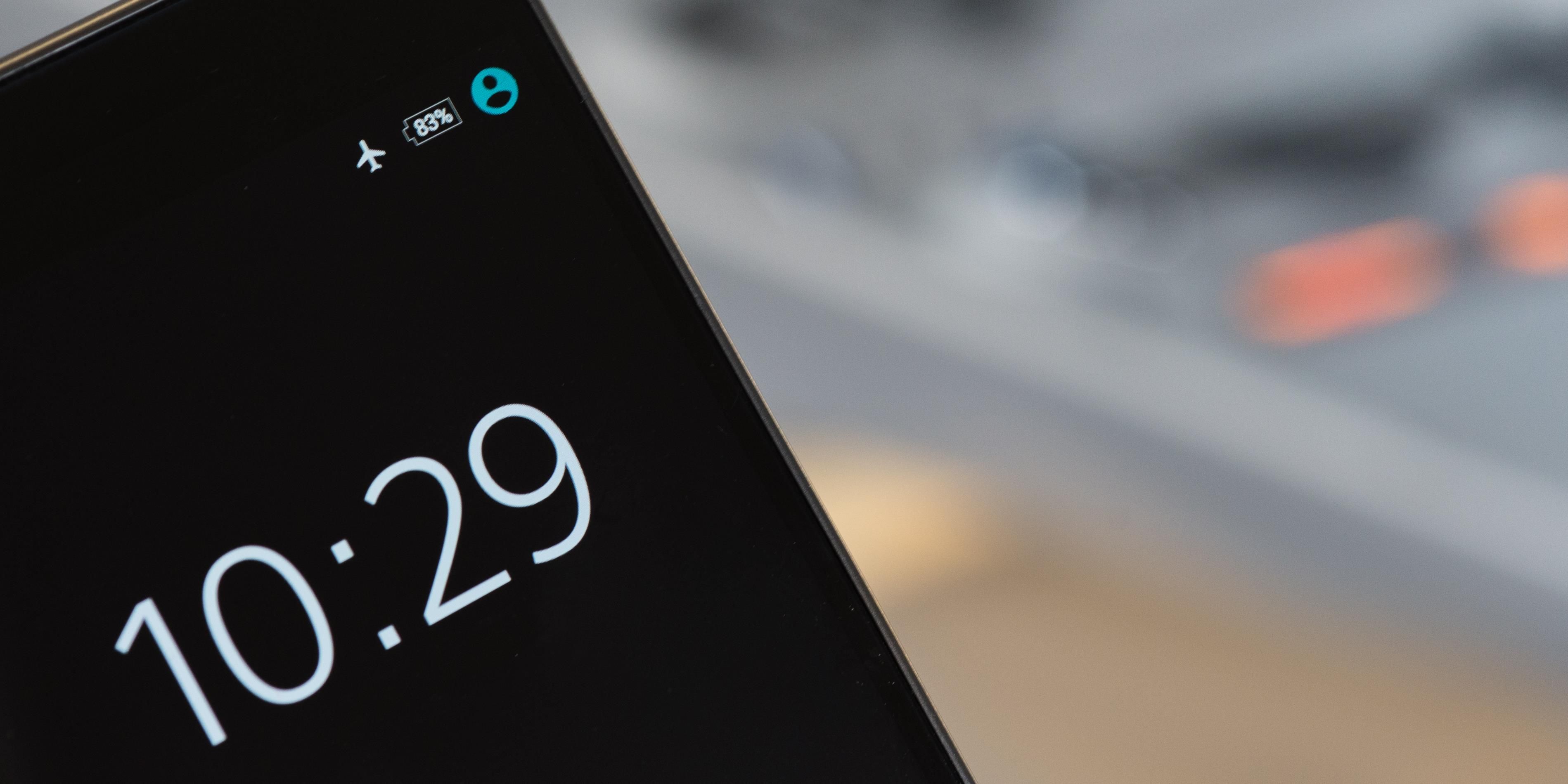How 2024 Will Handle Cyber Extortion ?
Cyber extortion is an internet attack when large sums of ransom are demanded. Usually, to achieve this, a DDoS assault is used to threaten server outages, or your data is encrypted and access is blocked. Allow me to briefly discuss a few of the most well-known instances of cyber-extortion and how to prevent it. Even for an experienced criminal, robbing a bank is exceedingly dangerous. It puts the offender in danger while it's happening and carries severe penalties if discovered. However, if you plan a future ransomware assault, you stay mostly unharmed. In comparison to traditional thefts or robberies, cyber extortion is far less dangerous and more lucrative. Furthermore, hackers have benefited even more from the less severe punishments. When you take into account the untraceable cryptocurrency, we ought to be fortifying our defenses already.
What are the Statistics Reflecting Until the Present Year ~
The Unforgiving Truth of Interconnectivity:
The global cost of cyberattacks was projected to reach $8 trillion in 2023, rising to 9.5 trillion in 2024 and $10.5 trillion in 2025.
According to IBM's most recent Cost of Data Breach study, the average amount of money lost during a cyberattack is USD 4.45 million, marking an all-time high for data breaches. With an average yearly loss of 10.93 million USD due to data breaches, the healthcare sector reported the biggest average loss.
The United States loses 9.48 million USD on average annually due to data breaches worldwide; the Middle East loses 8.07 million USD on average.
People are not exempt from online dangers, however, and they are particularly vulnerable to social engineering and phishing scams.
Cyber extortion can have two forms of blackmail:
Hostage Data ~
A malicious party prevents you from using your computer network and demands a ransom to give you access again. Usually, this occurs when you unintentionally click on a dangerous link that encrypts your files, downloads malware and locks you out. Or maybe someone takes over your system, copies confidential information, and threatens you to pay or else expose it to the world. Sometimes, social engineering is used in this, when people only use psychological tactics to deceive you into thinking there is a hack when there isn't.
DDoS ~
Distributed Denial of Service (DDoS) is the process of flooding your network with bogus service requests, preventing legitimate users from accessing it. It is occasionally used to cover up data theft. This is accomplished by utilizing a botnet—a network of compromised servers—to inflict failures or slowdowns on servers. Losses may be significant depending on the size of your internet business. A DDoS assault may be readily funded for as low as $4 per hour, resulting in the victim suffering losses in the hundreds of thousands of dollars. In addition to the immediate loss, downtime drives clients away from you and toward your rivals, resulting in longer-term losses.
1. Steer clear of malicious link clicking ~
Attackers frequently profit from curiosity, which is a primitive aspect of human nature. Roughly 54% of ransomware outbreaks started with phishing email attempts. Thus, plan training in addition to alerting yourself and your staff against spam emails. This might involve running weekly campaigns with fictitious phishing emails to offer live training. It will function more like to immunizations, in which a negligible quantity of dead viral loads guard against infectious agents. Employees can also be trained to open dubious URLs and apps by using sandboxing-like technology.
2. Security solutions and software updates ~
Outdated software is vulnerable to cyber extortion assaults regardless of your operating system. Had people updated their Windows PCs on time, WannaCay might have been easily averted. Another widespread misunderstanding is that using a Mac keeps you safe. That is just incorrect. Additionally, Malwarebytes' malware report smashes through Mac users' illusions of protection. Due to Mac's lack of popularity, Windows OS has suffered significant threats. Since Microsoft's operating system still holds a nearly 74% market share, it is hardly worth the effort to target Mac customers. Furthermore, they observed that each Mac had 11 attacks, compared to 5.8 threats for a Windows computer. In conclusion, spending money on an all-inclusive internet security program like Avast One can pay off. For an even stronger safety net, you may also use intrusion detection systems like Snort or Suricata.
3. Employ Robust Passwords
A weak password was used twice by an employee, which led to the Colonial Pipeline hack. Approximately 83% of Americans, according to an Avast poll, use weak passwords, and up to 53% use the same password for several accounts. Indeed, encouraging people to create secure passwords on their own hasn't always been easy. In the workplace, it appears almost difficult to ask people to do that. What then is the remedy? Platforms for user authentication.
These systems may be used to enforce strict password policies inside your company. These are third-party experts with plans that are adaptable based on the size of the business. Additionally, you may begin with Ory, Supabase, Frontegg, and other always-free levels. Personally, make use of password managers. Additionally, it is a wise move to sometimes change the passwords. This will protect you even if your login information is compromised. And with premium password managers like LastPass, which can automatically update your passwords with a single click, that's a lot easier. Don't limit yourself to a complex password, though; consider using a unique username as well.
4. Offline backups
Even well-known cybersecurity professionals may be fooled by the complexity of these assaults, let alone a small business owner. Thus, maintain up-to-date backups. On a tragic day, this will assist bring your system up. Additionally, offline backups are a benefit. They are safe havens that cyber extortionists cannot access.
Additionally, pay attention to the recovery options offered, since extended outages can occasionally make the requested ransom appear attractive. And for that same reason, some business owners bargain with the bad actors and wind up having to pay astronomical sums. As an alternative, third-party data recovery and backup programs like Acronis might be useful. They provide hassle-free data recovery methods together with security against ransomware.
5. A CDN, or content delivery network
Many have been able to identify and prevent large-scale DDoS assaults because of capable content delivery networks. As was previously said, Cloudflare, an outstanding CDN, was ultimately responsible for keeping the WannaCry killswitch operational for two years. It also made it more resilient to many DDoS attacks during that period. A CDN keeps a cached version of your website up to date on many servers all around the world. They prevent server overloads and outages by transferring surplus loads to their network. This tactic not only shields websites from DDoS attacks but also produces incredibly speedy web pages for users throughout the globe. Ultimately, no list can adequately safeguard you from cyber extortion. As things change, it's advisable to always have a cybersecurity specialist on board.
Reaction to Cyber Extortion:
Aside from the normal anxiety that follows a ransomware assault, the first thought that usually occurs to victims is to pay the ransom and move on. It might not always work, though. According to a poll by UK-based IT security company SOPHOS, paying the ransom is not the wisest course of action. According to the assault survey study, just 8% of businesses were able to recover all of their data after paying the ransom. Furthermore, 29% were only able to recover half or less of the encrypted or pilfered data.
Therefore, complying with ransom demands might come back to haunt you. It delays further rescue attempts by making you reliant on the bad actor and his tools to decode your data. Furthermore, there is no assurance that the hacker's provided tool will ever function. It might malfunction or infect your system more. Furthermore, by giving the criminals money, you are presenting your company as one of their clients. Thus, there is a very good likelihood that a comparable attack will occur later. In conclusion, paying ought to be your very last option. It's better to use other techniques, including backing up data, than to use cryptocurrency to pay an unidentified criminal. Furthermore, a few companies alerted law enforcement and got in touch with top cybersecurity specialists. And that's what rescued them, just as it did in the FBI's extortion recovery of Colonial Pipeline.
Bottom Line ~
It's important to remember that this is more prevalent than one may imagine. Naturally, strengthening your defenses and maintaining backups is the best course of action. In any case, remain composed, initiate local rescue efforts, and get in touch with professionals. Even if you pay your millions, the ransom demands can still stand, so try not to give in to them.
























































































































































































































































































